The use of traditional physical, chemical or biological methods to treat landfill leachate is not only sought after and difficult to handle, but also has the problems of large area and long construction time.
General household garbage contains various organic and inorganic wastes. Therefore, before entering the incinerator, the high-concentration organic wastewater generated by the accumulation and fermentation of household garbage must be removed. The water in the waste is collected in the waste leachate recovery tank, and the collected leachate is precipitated in the waste leachate settling tank, and the large solids are first precipitated. The peristaltic pump used to treat the landfill leachate is used to transport the leachate to the filter to filter solid particles that cannot settle. The filtered leachate is pumped into the purification liquid pool, and finally the solid-particle-free landfill leachate is sprayed into the incinerator and burned through the nozzle of the osmotic pump.
The peristaltic pump for landfill leachate began in the middle of the last century. After decades of development, it has gradually evolved from a laboratory low-pressure peristaltic pump to an industrial high-pressure peristaltic pump. The flow rate also varies from milliliters per hour to tens of cubic meters per hour. More and more customers also know it.
Customers gave positive comments on the application of peristaltic pumps in the treatment of landfill leachate. They believe that the peristaltic pump for landfill leachate used to treat landfill leachate is more suitable than other positive displacement pumps.
The peristaltic pump for landfill leachate has the following advantages in handling garbage:
(1) Few wearing parts, low failure rate and convenient maintenance. From an economic point of view, the only component that needs to be replaced is the hose. This greatly reduces the use and maintenance costs.
(2) It can be dried. This is also the function of the peristaltic pump used to treat the landfill leachate, even if the inlet does not have enough suction, it will not damage the pump itself. This is not required, so it is especially good when needed. Those who are heavily in debt.
(3) It can transport media with high solid content and high wear resistance. Up to 80% of the solids are transported by peristaltic pumps and discarded in landfills.
Your position:
Home > News > Product News
Peristaltic hose pump for landfill leachate
date: 2021-03-10
CLC foaming concrete machine
2021-03-08
Hydroseeder slope greening machine
2021-03-11
Inquiry
Please feel free to submit your inquiry information to us. We will contact with you as soon as possible.


.jpg)
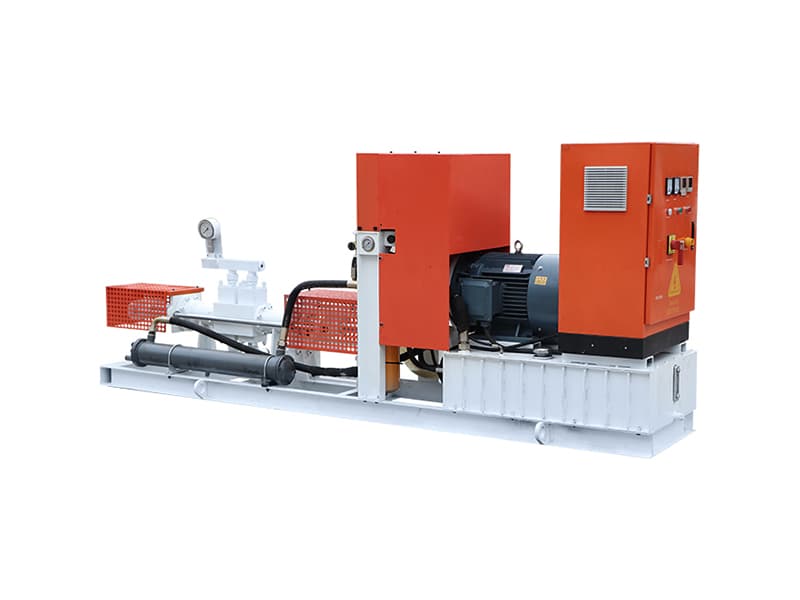
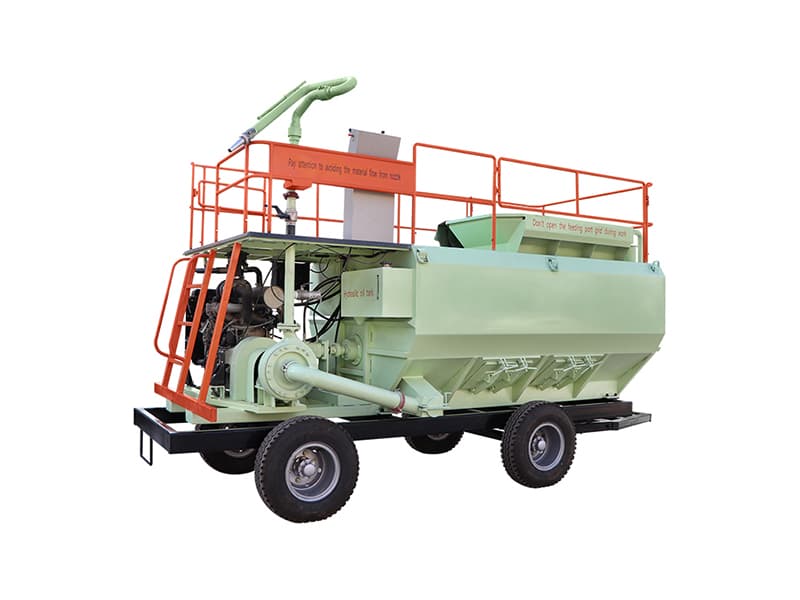
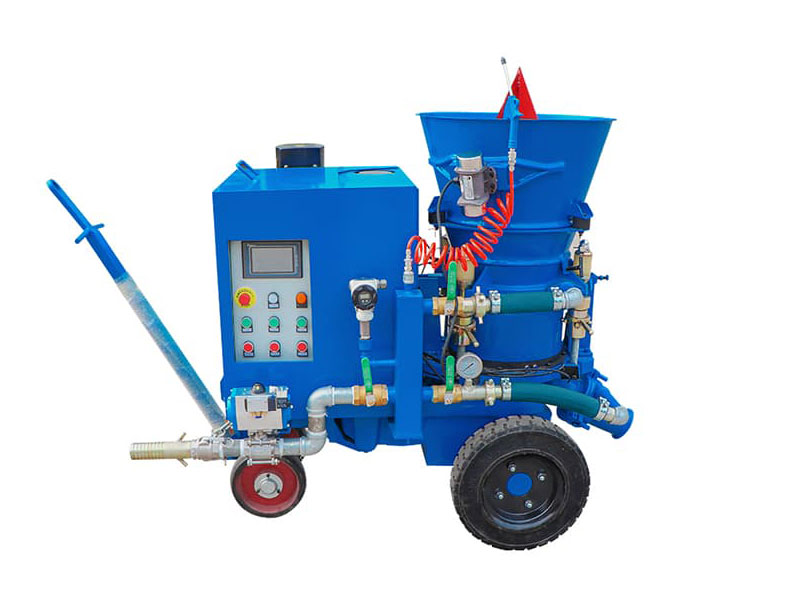

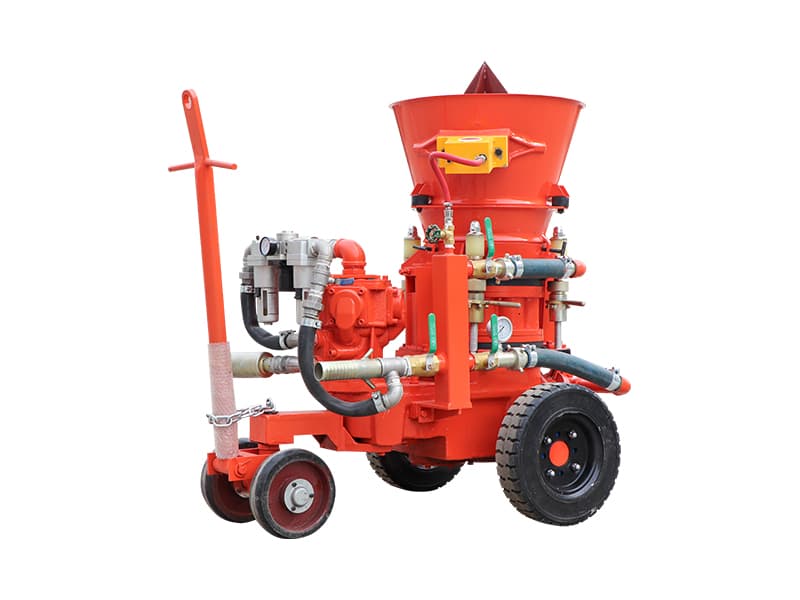
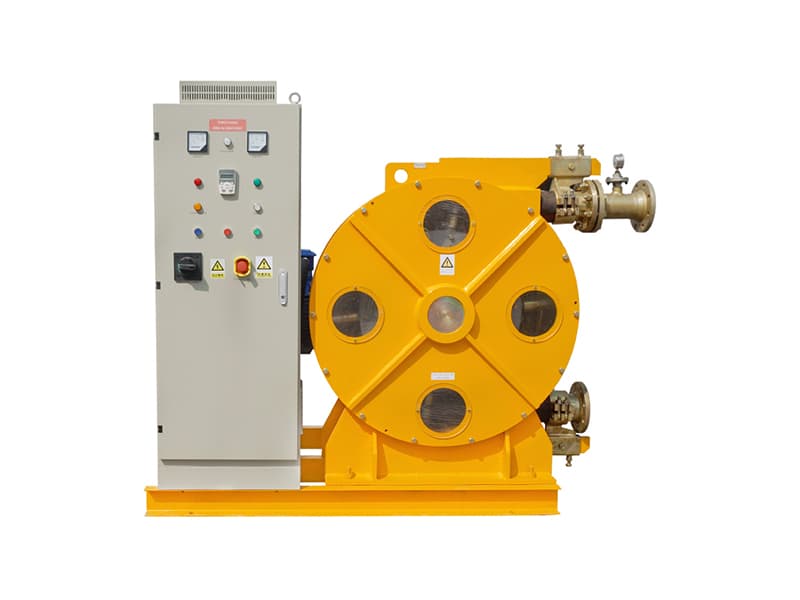
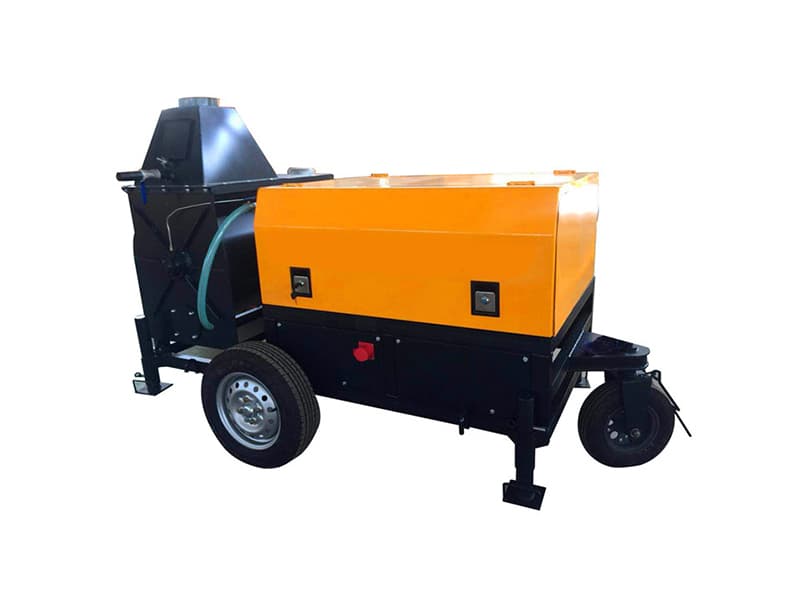
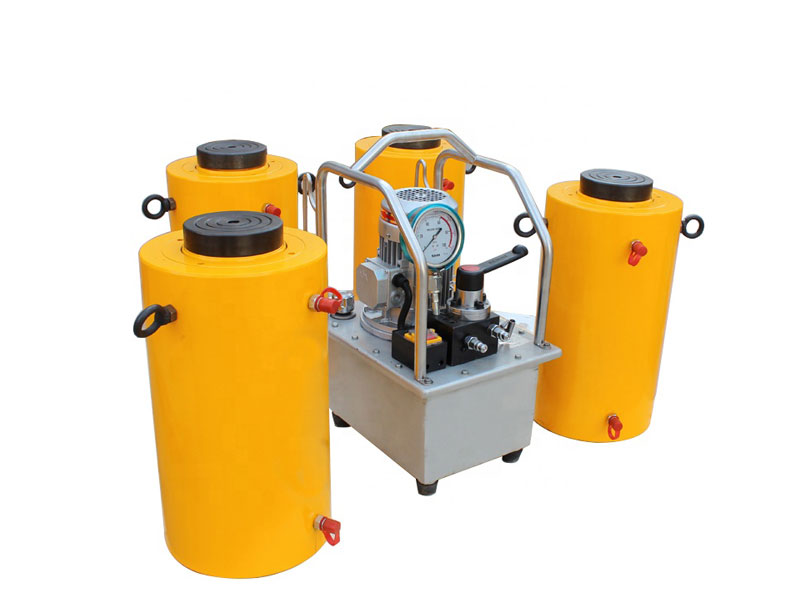
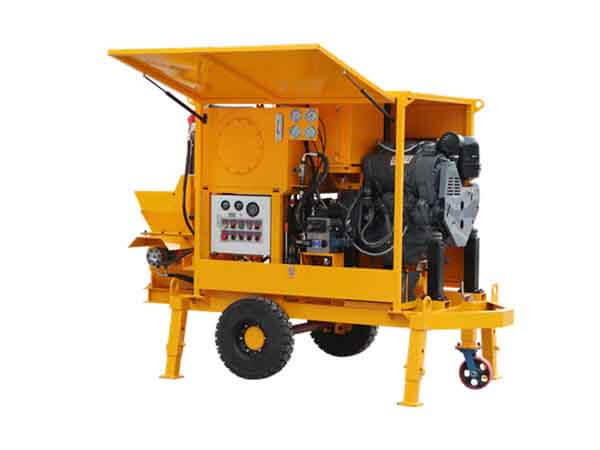
.jpg)

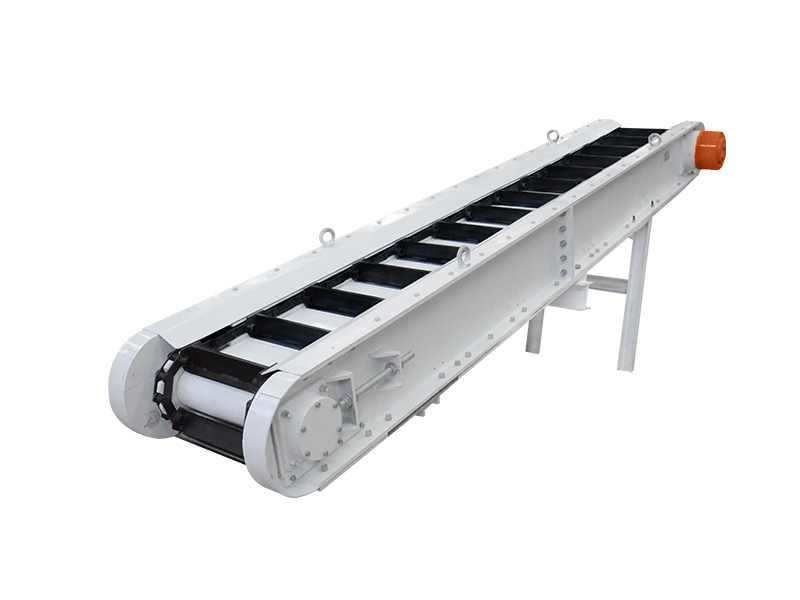
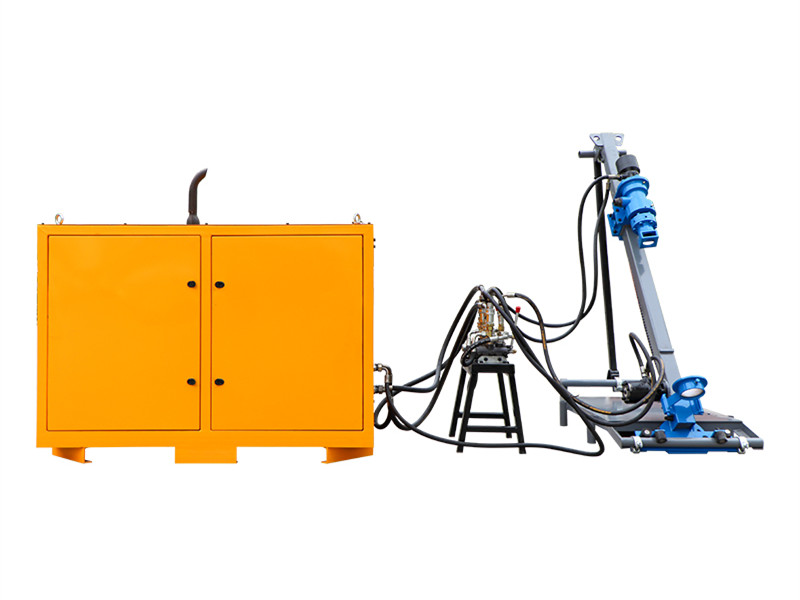



.jpg)
.jpg)